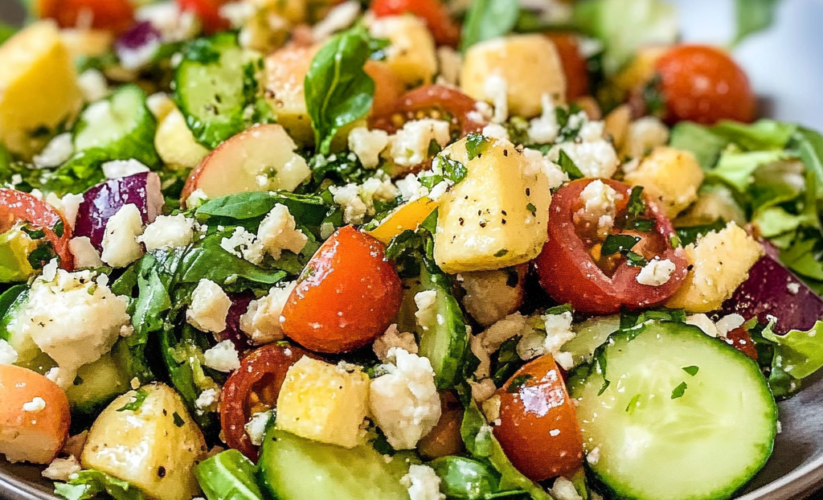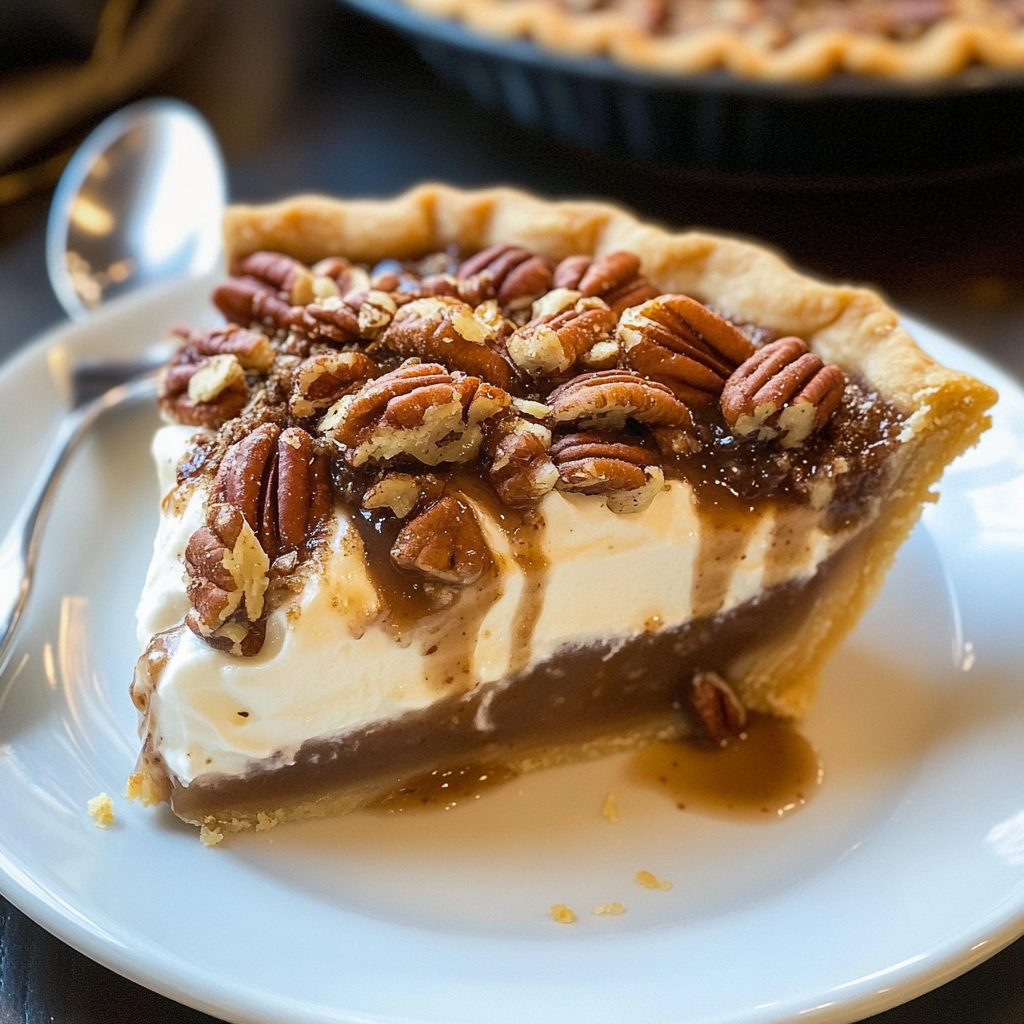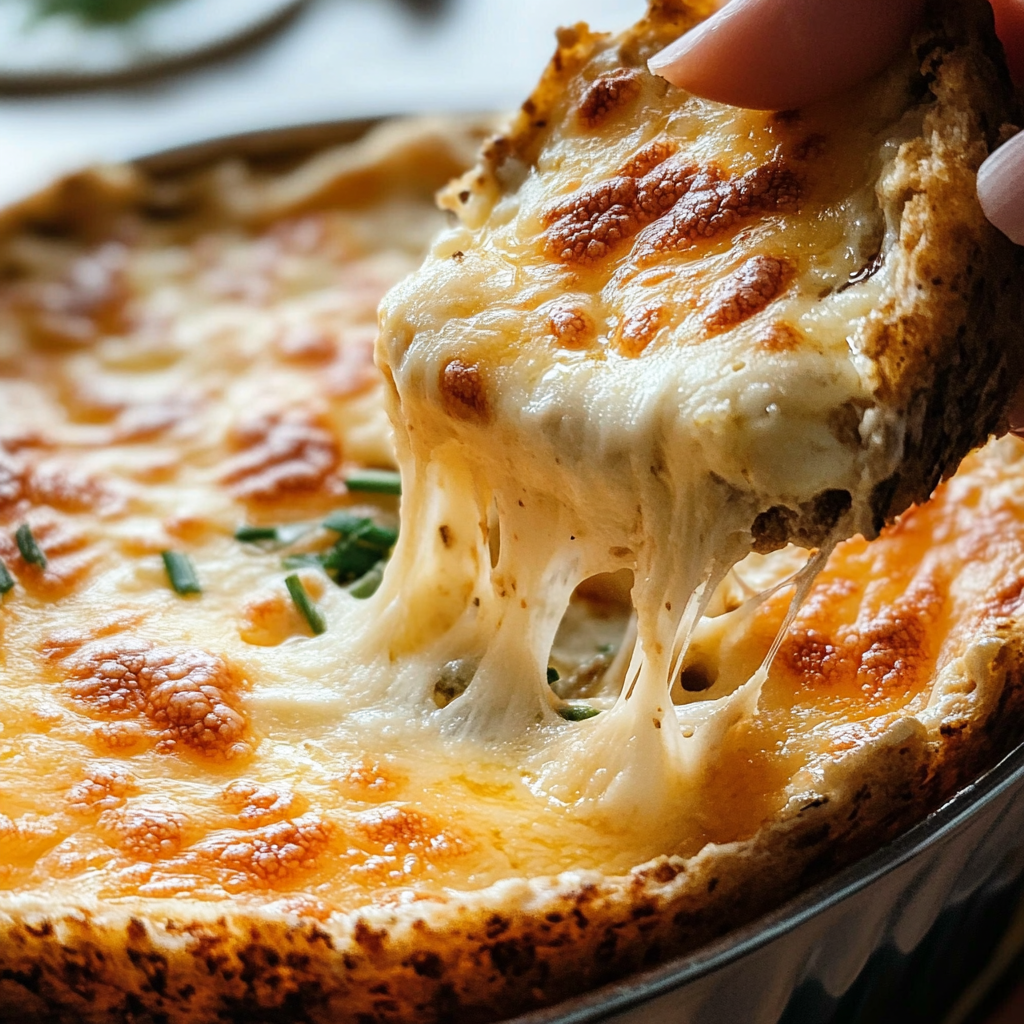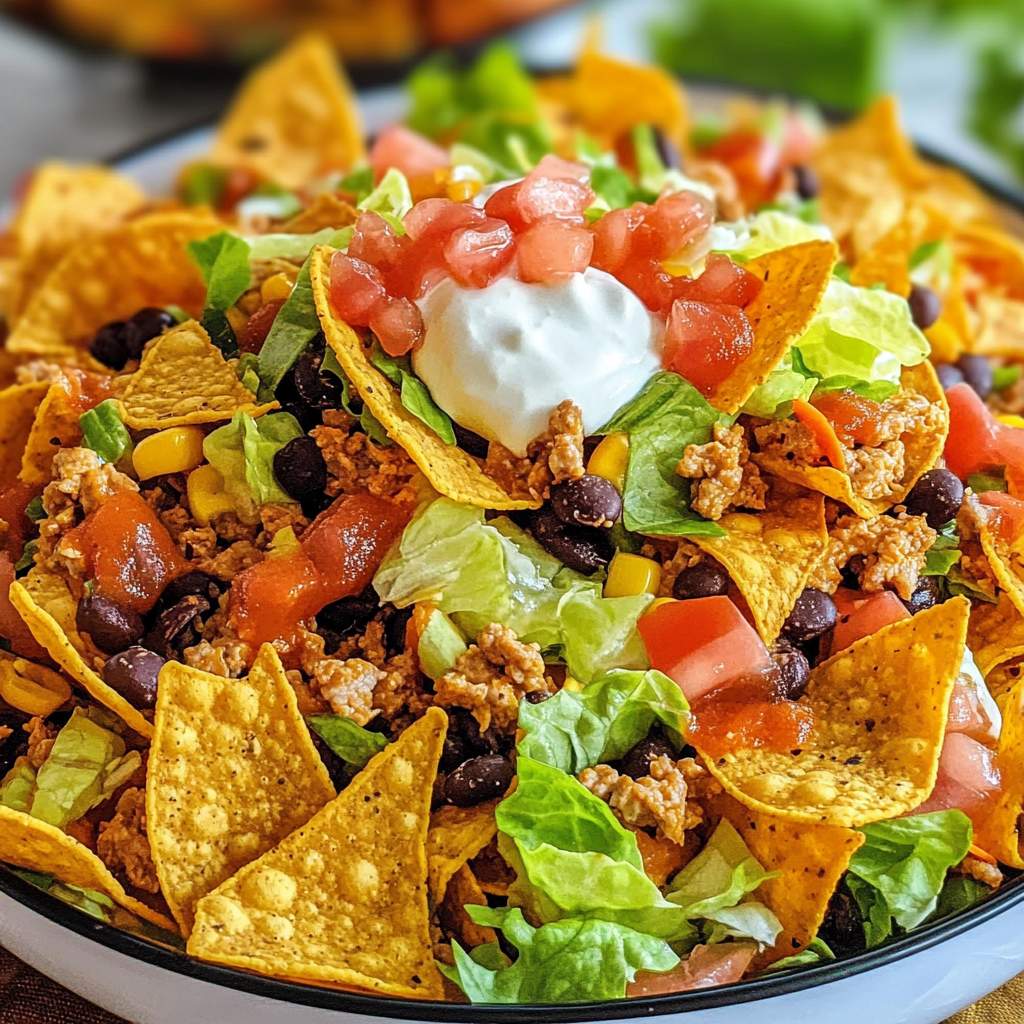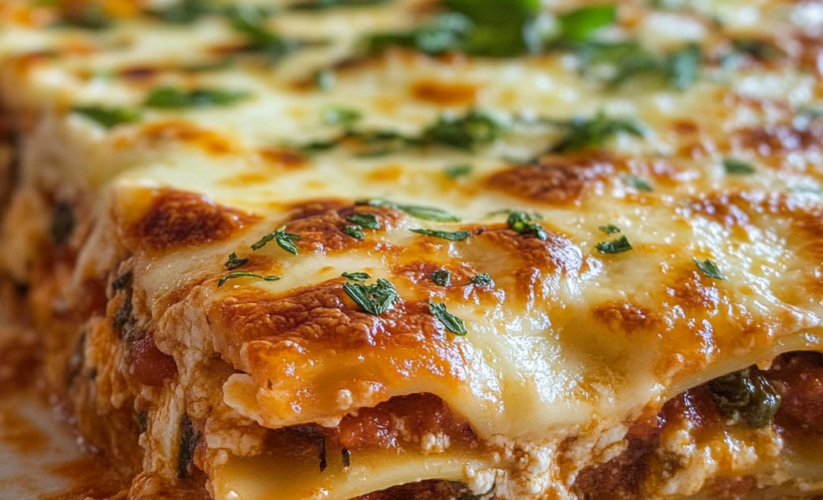
The Art of Classic Lasagna: A Deep Dive into Italy’s Most Beloved Pasta Dish
From bustling trattorias in Bologna to family kitchens worldwide, classic lasagna remains one of the most celebrated and cherished dishes in Italian cuisine. This multilayered masterpiece of pasta, rich meat sauce, creamy béchamel, and perfectly melted cheese represents generations of culinary tradition and the heartwarming essence of Italian home cooking.
The Heart of the Dish: Traditional Ragù
The foundation of an authentic lasagna begins with a properly prepared ragù alla bolognese. This rich meat sauce starts with a carefully prepared soffritto – the holy trinity of Italian cooking consisting of finely diced onions, carrots, and celery sautéed until golden and aromatic. Ground beef and pork are traditionally used, with some recipes incorporating ground veal or pancetta for added depth.
The meat must be carefully browned to develop complex flavors, followed by the addition of white or red wine, which is then reduced to concentrate its essence. Quality whole tomatoes, preferably San Marzano, are crushed and added along with fresh herbs. The sauce requires patience, simmering for several hours until it reaches the perfect consistency – thick enough to hold its place in the layers but still moist and luxurious.
Béchamel: The Creamy Layer
While American adaptations often rely on ricotta cheese, traditional Italian lasagna features a silky béchamel sauce. This classic white sauce begins with a roux made from equal parts butter and flour, cooked until light golden before warm milk is gradually incorporated. The sauce is seasoned with salt, white pepper, and a hint of nutmeg, then cooked until it reaches a smooth, velvety consistency that will bind the layers together.
The Importance of Perfect Pasta
The pasta sheets form the structure of the dish and deserve careful attention. Fresh pasta, made with eggs and “00” flour, provides an incomparable texture and superior ability to absorb flavors. Each sheet should be rolled to uniform thickness and cooked briefly in salted water until just shy of al dente. The pasta will continue cooking in the oven, absorbing the surrounding sauces and becoming perfectly tender.
Cheese Selection and Application
The choice of cheese significantly impacts the final result. Parmigiano-Reggiano, aged for at least 24 months, provides a sharp, crystalline texture and complex flavor. Fresh mozzarella, torn rather than grated, creates those coveted stretchy strands when melted. Some recipes also incorporate Pecorino Romano for an extra tang, creating a more complex flavor profile.
The Art of Assembly
Proper assembly requires both technique and patience. The process begins with a thin layer of ragù to prevent the pasta from sticking to the baking dish. Each subsequent layer must be carefully planned and executed. The pasta sheets should slightly overlap to ensure structural integrity, while the sauces must be evenly distributed to guarantee that every bite delivers the perfect combination of flavors.
Baking Techniques
The baking process is crucial for achieving the ideal texture and appearance. The lasagna should first be baked covered with foil to prevent the top from drying out. During the final phase of baking, the foil is removed to allow the cheese to brown and create those desirable crispy edges. A mandatory resting period of at least 15-20 minutes after baking allows the layers to set, ensuring clean, picture-perfect slices.
Make-Ahead Benefits
One of lasagna’s practical advantages is its suitability for advance preparation. The dish can be assembled a day ahead and refrigerated, allowing the flavors to develop further. It also freezes exceptionally well, making it an ideal option for meal planning or preparing for large gatherings. When properly stored, frozen lasagna can maintain its quality for several months.
Modern Interpretations
While traditional recipes remain revered, contemporary versions have emerged to accommodate changing dietary preferences and creative culinary expressions. Vegetarian variations might feature seasonal vegetables, wild mushrooms, or plant-based meat alternatives. Gluten-free pasta options have made the dish accessible to those with wheat sensitivities, while dairy-free alternatives allow for vegan interpretations.
Keys to Success
Creating the perfect lasagna requires attention to several crucial details. Temperature control is essential – both during cooking and serving. Each component should be well-seasoned, as layers of bland ingredients will result in a bland dish. The meat sauce should be reduced to the proper consistency to prevent a soggy final product. Most importantly, allowing adequate time for preparation and resting ensures the best possible result.
The classic lasagna remains a testament to the enduring appeal of traditional Italian cuisine. Its perfect balance of flavors and textures, combined with its ability to bring people together around the table, ensures its place in culinary history. Whether following a traditional recipe passed down through generations or exploring modern adaptations, the fundamental principles of quality ingredients, careful technique, and patient preparation remain essential to creating this beloved dish.
In an era of fast food and quick meals, classic lasagna stands as a reminder of the value of taking time to prepare food with care and attention. The reward comes not just in the delicious result, but in the process itself – the preparation, the anticipation, and finally, the shared enjoyment of a meal that truly represents the heart of Italian cooking.
